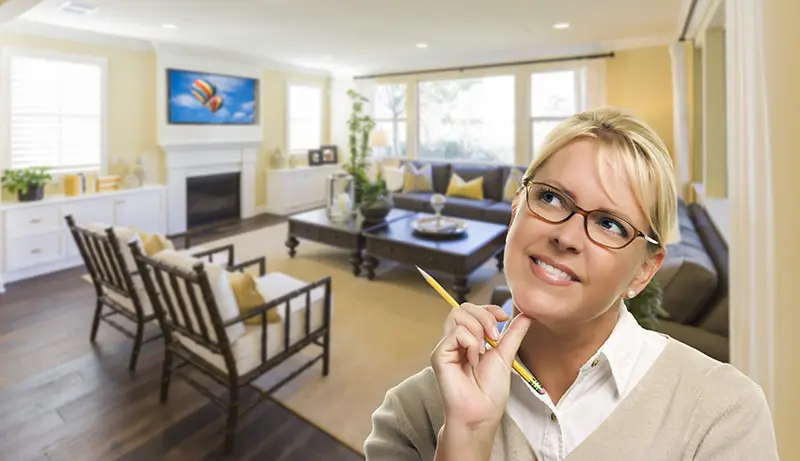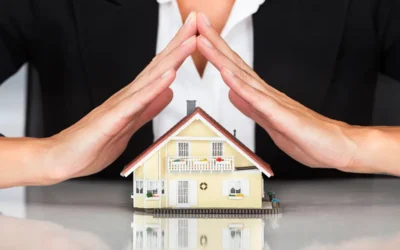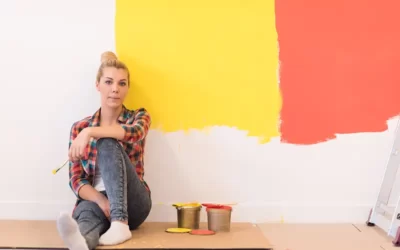Selling a home is not just about presenting a physical space; it’s about crafting an experience that resonates with potential buyers. Home staging is the art of transforming your property into a visually appealing and inviting space, allowing buyers to envision themselves living in it. In this blog post, we’ll explore the significance of home staging, its impact on the selling process, and practical tips to make your property stand out in a competitive real estate market.
Staging your home before selling and moving home
Home staging is about making a lasting first impression. When potential buyers walk into a staged home, they are greeted by an atmosphere that feels warm, welcoming, and thoughtfully designed. This initial positive experience sets the stage for a memorable and emotionally engaging viewing, increasing the likelihood of a strong connection with the property.
2. Creating Emotional Connections:
Buying a home is a deeply emotional process. Home staging taps into this emotional aspect by creating spaces that resonate with the aspirations and desires of potential buyers. Thoughtfully arranged furniture, carefully curated decor, and a cohesive design story contribute to an environment that allows buyers to envision their own lives unfolding within the walls of the home.
3. Highlighting the Potential:
Home staging is not about disguising flaws; it’s about showcasing the potential of your property. Strategic placement of furniture, decor, and lighting can draw attention to the best features of each room. Whether it’s a cozy reading nook, a spacious kitchen island, or a charming outdoor patio, staging brings these features to the forefront, ensuring that potential buyers notice and appreciate them.
4. Maximising Perceived Space:
Properly staged homes often appear more spacious. Through the strategic arrangement of furniture and decor, home stagers create a sense of flow and openness. This is particularly important in smaller homes or rooms where maximising perceived space can be a key selling point. The illusion of ample space allows potential buyers to imagine their furniture and belongings seamlessly fitting into the home.
5. Neutralising personalisation:
While your home may be a reflection of your personal style, home staging is about creating a blank canvas for potential buyers. Neutralising personalisation involves removing family photos, unique decor items, and specific color schemes that may not appeal to everyone. A neutral backdrop allows buyers to project their own preferences onto the space, making it easier for them to envision the home as their own.
6. Accentuating Architectural Features:
Every home has unique architectural features that can be accentuated through staging. Whether it’s a fireplace, bay window, or a distinctive built-in shelf, home staging draws attention to these features, showcasing them as selling points. By highlighting the architectural elements, potential buyers are guided to appreciate the character and design nuances of the property.
7. A Well-Defined Purpose for Each Space:
One of the key principles of home staging is to define the purpose of each space. Potential buyers should immediately understand the function and potential of each room. Staging transforms ambiguous spaces into clearly defined areas, such as a functional home office, a cozy reading corner, or an inviting dining space. This clarity allows buyers to see how they can utilise every square foot of the home.
8. The Power of Natural Light:
Home staging often emphasises the importance of natural light. Clean, well-lit spaces feel more inviting and uplifting. Stagers strategically arrange furniture to maximise the entry of natural light, ensuring that each room is bright and welcoming. This emphasis on natural light not only enhances the overall atmosphere but also contributes to a positive and energetic mood during viewings.
9. Furniture Arrangement for Flow:
The arrangement of furniture plays a crucial role in the flow of a home. Well-staged properties have a furniture layout that encourages easy movement from one room to another. The flow should be natural and intuitive, guiding potential buyers through the property seamlessly. A well-orchestrated furniture arrangement ensures that each room feels connected and purposeful.
10. Professional Photography and Virtual Tours:
Staged homes photograph exceptionally well. Professional photographers capture the staged spaces in the best possible light, creating visually appealing images for online listings and marketing materials. Virtual tours of staged homes allow potential buyers to explore the property virtually, enhancing their engagement and interest before scheduling an in-person viewing.
11. A Competitive Edge in the Market:
In a competitive real estate market, home staging provides a distinct advantage. Staged homes stand out from the competition, capturing the attention of potential buyers in a crowded field. The investment in staging can yield a higher return by attracting more interest, potentially leading to quicker sales and more favorable offers.
12. Consultation with a Professional Stager:
If you’re unsure where to start or how to stage your home effectively, consider consulting with a professional home stager. These experts have an eye for design, understand current market trends, and can provide personalized recommendations for your specific property. A consultation with a professional stager can be a worthwhile investment in Maximising the impact of your home staging efforts.
13. Updating Decor and Accessories:
While major renovations may not be necessary, updating decor and accessories can enhance the overall appeal of your staged home. Consider replacing outdated or worn decor items with fresh, on-trend pieces. New throw pillows, rugs, and artwork can breathe life into a space, making it feel contemporary and well-maintained.
14. Outdoor Staging:
Curb appeal extends to outdoor spaces, and staging the exterior of your home is just as important as staging the interior. Consider adding potted plants, outdoor furniture, and tasteful decor to create inviting outdoor spaces. A well-staged front porch or backyard can leave a lasting impression on potential buyers from the moment they arrive.
Conclusion:
Home staging is a strategic and impactful investment in the successful sale of your property. It goes beyond mere decoration; it’s about storytelling and creating an emotional connection between potential buyers and your home. By Neutralising personalisation, accentuating the property’s best features, and Maximising perceived space, home staging elevates your property’s allure and market appeal. As you embark on the journey of selling your home, consider the transformative power of home staging – it might just be the key to unlocking the door to a swift and lucrative sale.Home
Mastering Documentation: A Seller’s Handbook for Establishing Trust and Simplifying the Home Sale Process in the UK
Selling your home on the UK property market involves cultivating trust and efficiency; one effective strategy to do this is through careful documentation. In this blog post, we’ll delve into its significance on this particular market by looking at specific documents that resonate with UK buyers as well as why this proactive approach helps build trust and transparency between buyer and seller.
A Guide to Updating Your Kitchen and Bathroom before Moving Home in London
Hey there, homeowner extraordinaire! Are you ready to sprinkle a little magic dust on the heart and soul of your home? That’s right—we’re talking about your kitchen and bathroom! These two powerhouses have a knack for stealing the show and stealing hearts, so why not give them the love and attention they deserve?
Maximising Your Home’s Value – The Essential List
Selling a house involves several steps, and preparing your property can positively impact its value. Here are some things you should consider doing before selling and moving home to maximise its value:
The Art of Transformation: The Impact of Fresh Paint in Home Selling
In the world of real estate, first impressions are paramount, and few things can transform a space as effectively as a fresh coat of paint. The walls of a home serve as the canvas on which potential buyers visualise their future. In this blog post, we’ll delve into the profound impact of a fresh coat of paint when selling your home, exploring why it matters and how choosing the right colours can elevate your property’s appeal.
The Power of Cleanliness: Elevating Your Home’s Appeal Before You Move
When it comes to selling your home, first impressions are everything. The initial moments a potential buyer steps into your property can shape their perception of the entire space. That’s where the magic of cleanliness and decluttering comes into play. In this blog post, we’ll explore the significance of keeping your home spotless and clutter-free, and how this simple yet transformative step can elevate your property’s appeal and value.
Before Moving Home Consider Making Minor Repairs
When it comes to selling your home, first impressions matter. Potential buyers are often swayed by the overall condition and appearance of a property, and minor repairs can play a pivotal role in shaping that perception. In this blog post, we’ll delve into the importance of making minor repairs before putting your house on the market and explore how addressing seemingly small issues can significantly enhance its value.










Recent Comments